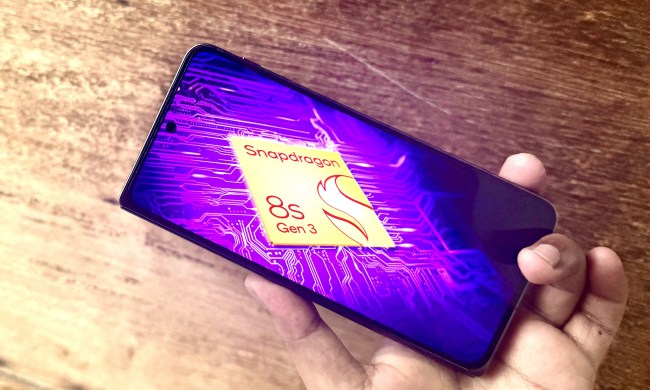While fingerprint sensors have become more common on phones, they’re still largely restricted to a single spot on your screen or a specific sensor location. Xiaomi hopes to change this by patenting a full-screen fingerprint technology.
Gizmochina, via a leaker in the Chinese technology arena, has revealed that Xiaomi was awarded a patent that will allow phones users to unlock by placing their finger on any part of the screen. Typically, in-display fingerprint recognition software requires users to unlock their phones via the sensor placed below their screens. Since users need to place their fingers directly over the sensor to receive a positive response, it may not be recognized and could require several attempts.

Xiaomi’s latest tech allows users to seamlessly unlock phones from anywhere on the screen. Aside from convenience, it can also be useful in times of emergency, making everything a bit faster. There are two arrays consisting of light transmitters and light receivers, and the light-receiving hardware is placed above the infrared LED light transmitters.
When a user places their finger on the capacitive touchscreen, the touch, shape, and position of the fingerprint are captured, following which the light transmitters emit light at the shape and position. After this, the infrared light is reflected back and reaches the infra-LED light receivers. This data is then used to compare the fingerprint’s contour to the saved fingerprint data, verifying that the user is the same.
Xiaomi has not yet officially confirmed whether this technology will come to any device. It’s just a patent, so the entire production cycle and implementation could easily take a year or longer.



